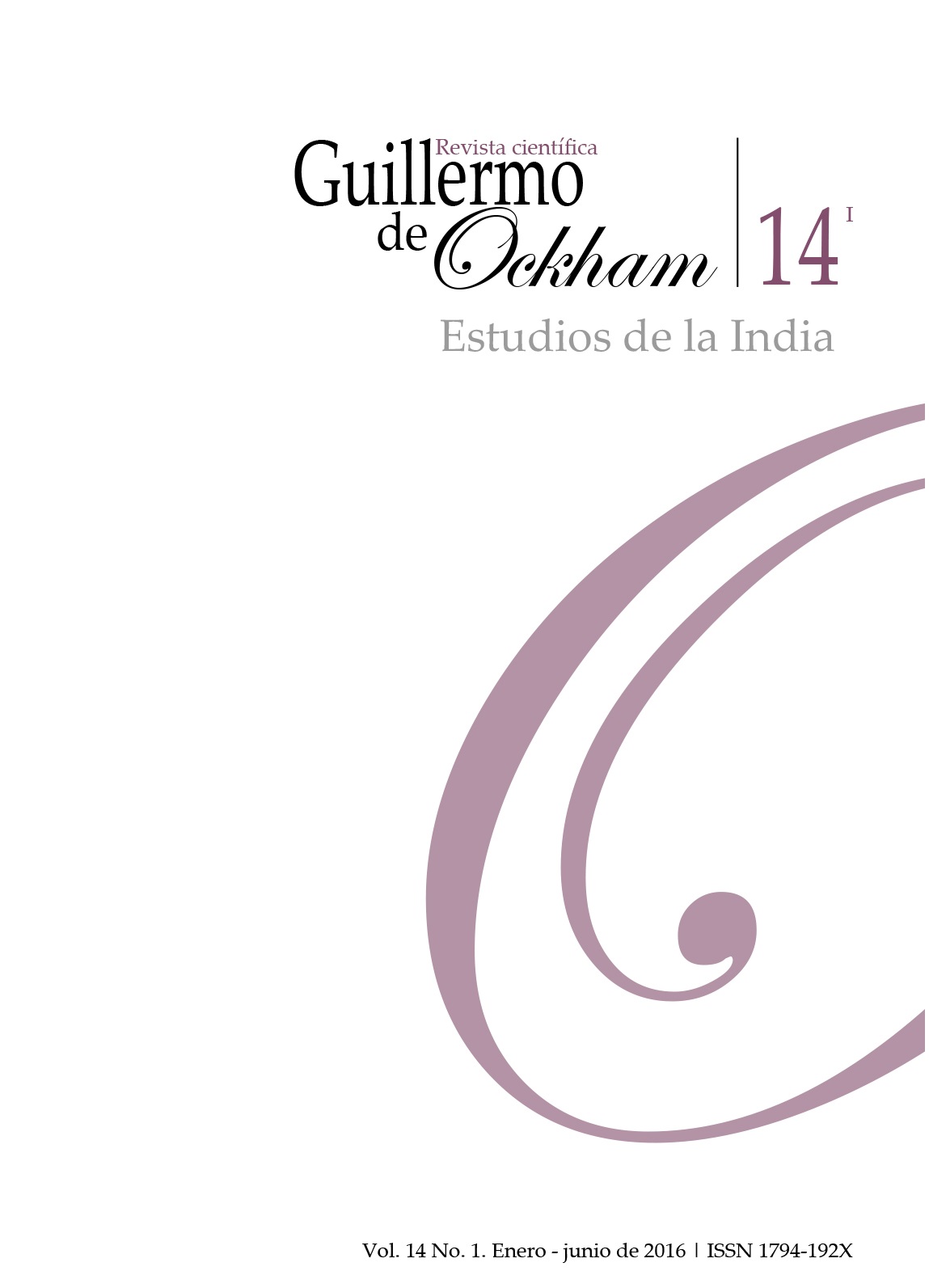The Revista Guillermo de Ockham provides an immediate and open access to its content, based on the principle of offering the public a free access to investigations to provide a global interchange of knowledge.
Unless otherwise established, the contents of this journal has a license with Creative Commons Attribution-NonCommercial-NoDerivatives 4.0 International (CC BY-NC-ND 4.0) http://creativecommons.org/licenses/by-nc-nd/4.0/
- Attribution: You must give appropriate credit, provide a link to the license, and indicate if changes were made. You may do so in any reasonable manner, but not in any way that suggests the licensor endorses you or your use.
- NonCommercial: You may not use the material for commercial purposes.
- NoDerivatives: If you remix, transform, or build upon the material, you may not distribute the modified material.
- No additional restrictions: You may not apply legal terms or technological measures that legally restrict others from doing anything the license permits.
Abstract
El artículo estudia la teoría sobre la imaginación desarrollada por el teórico literario sánscrito Rājaśekhara (siglo X). En este contexto, se resumen esfuerzos previos dentro de la disciplina y se subraya el radical giro que ésta experimentó hacia el siglo IX, cuando el antiguo modelo formalista fue desplazado por un mayor énfasis en la comunicación de sentimientos universales. Así, se sostiene que el novedoso discurso de Rājaśekhara sobre la imaginación descansa no sólo en una adherencia explícita a dicho giro, sino además en su extrapolación al proceso de recepción. Finalmente, se sugiere la dimensión social de esta imaginación receptora.
References
Ānandavardhana. (1998). Dhvanyāloka, with the Locana Commentary of Abhinavagupta. Delhi: Munshiram Manoharlal Publishers.
Bhāmaha. (1928). Kāvyālaṅkara. Benares: Chowkhamba Sanskrit Series Office.
Kālidāsa. (1995). Kumārasambhava, with the Commentary of Mallinātha. Delhi: Motilal Banarsidass.
Rājaśekhara. (2000). Kāvyamīmāṃsā. Original Text in Sanskrit and Translation with Explanatory Notes. Delhi: D. K. Printworld.
Secundarias
De, Sushil Kumar. (1976). History of Sanskrit Poetics. Calcuta: KLM Private.
Gerow, E. (1997). Indian Aesthetics: A Philosophical Survey. In E. Deutsch & R. Bontekoe (Eds.), A Companion to World Philosophies (pp. 304-323). Londres: Blackwell.
Gerow, E. (1977). Indian Poetics. In J. Gonda (Ed.), A History of Indian Literature (vol. 5, fasc. 3). Wiesbaden: Otto Harrassowitz.
Gonda, J. (1963). The Vision of the Vedic Poets. Leiden: Brill.
McCrea, L. (2009). The Teleology of Poetics in Medieval Kashmir. Cambridge: Harvard University Press.
Pollock, S. (2003). Sanskrit Literary Culture from the Inside Out. In S. Pollock (Ed.), Literary Cultures in History. Reconstructions from South Asia (pp. 39-130). Berkeley: University of California Press.
Pollock, S. (1985). The Theory of Practice and the Practice of Theory in Indian Intellectual History. Journal of the American Oriental Society, 105(3), 499-519.
Pujol, O. (1991). El nacimiento del hombre poesía. Benares: Tara Printing Works.
Shulman, D. (2008). Illumination, Imagination, Creativity: Rājaśekhara, Kuntaka, and Jagannātha on Pratibhā. Journal of Indian Philosophy, 36, 481-505.
































